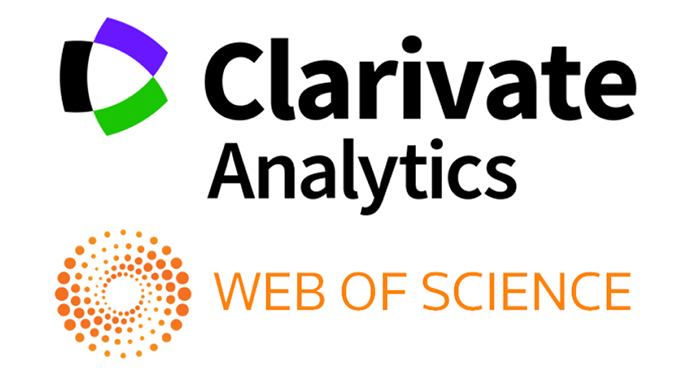NEED ANALYSIS FOR LEARNING AND TEACHING ARTIFICIAL INTELLIGENCE AND ROBOTICS IN GENERAL SECONDARY EDUCATION OF UZBEKISTAN
Abstract
In this article, we conducted survey for measuring the perception of teaching and learning of artificial intelligence and robotics programming in secondary education in Uzbekistan. We chose to take a survey with four group of participants. They are high school students (10th and 11th grade school students), their parents, ICT teachers and school principals are invited to participate. 12 schools were included for the survey located in Tashkent city. Each respondents survey paper was coded, and survey results were analyzed based on respondents’ opinion.
References
1. Touretzky, D., Gardner-McCune, C., Martin, F., & Seehorn, D. (2019a). Envisioning AI for K-12: What should every child know about AI? Proceedings of the AAAI Conference on Artificial Intelligence, 33(1), 9795–9799.
2. The Artificial Intelligence (AI) for K-12 initiative (AI4K12) is jointly sponsored by AAAI and CSTA. https://ai4k12.org/ .
3. MIT Media Lab. (2020). Learning about artificial intelligence: A hub of MIT resources for K-12 student. Retrieved from https://news.mit.edu/2020/learning-about-artificial-intelligence-hub-of-mit-resources-k-12-students-0407 .
4. UNESCO IITE. (2020). AI in education: Change at the speed of learning. Retrieved November 14, 2021, from https://iite.unesco.org/wp-con%E2%81%83%20tent/uploads/2020/11/Steven_Duggan_AI-in-Education_2020 .
5. Burgsteiner, H., Kandlhofer, M., & Steinbauer, G. (2016). Irobot: Teaching the basics of artificial intelligence in high schools. In Proceedings of the thirtieth AAAI Conference on artificial intelligence (pp. 4126–4127). AAAI Press.
6. Chai, C., Lin, P., Jong, M., Dai, Y., Chiu, T., & Qin, J. (2021). Perceptions of and behavioral intentions towards learning artificial Intelligence in primary school Students. Educational Technology & Society, 24(3), 89–101.
7. Chai, C., Lin, P., Jong, M., Dai, Y., Chiu, T., & Qin, J. (2021). Perceptions of and behavioral intentions towards learning artificial Intelligence in primary school Students. Educational Technology & Society, 24(3), 89–101.
8. Sensetime. (2018). Fundamentals of artificial intelligence. East China Normal University. Retrieved from ttps://www.sensetime.com/en/Service/ai_class.html
9. Touretzky, D. (2020). Five big ideas in AI" featured in NSF video showcase. Retrieved from https://www.cs.cmu.edu/news/five-big-ideas-ai-featured-nsf-video-showcase
10. Williams, R., & Breazeal, C. (2020). How to train your robot: A middle school AI and ethics curriculum. MIT. Retrieved from https://dam-prod.media.mit.edu/x/2020/06/19/EduAI_2020.pdf


.jpg)

1.png)







